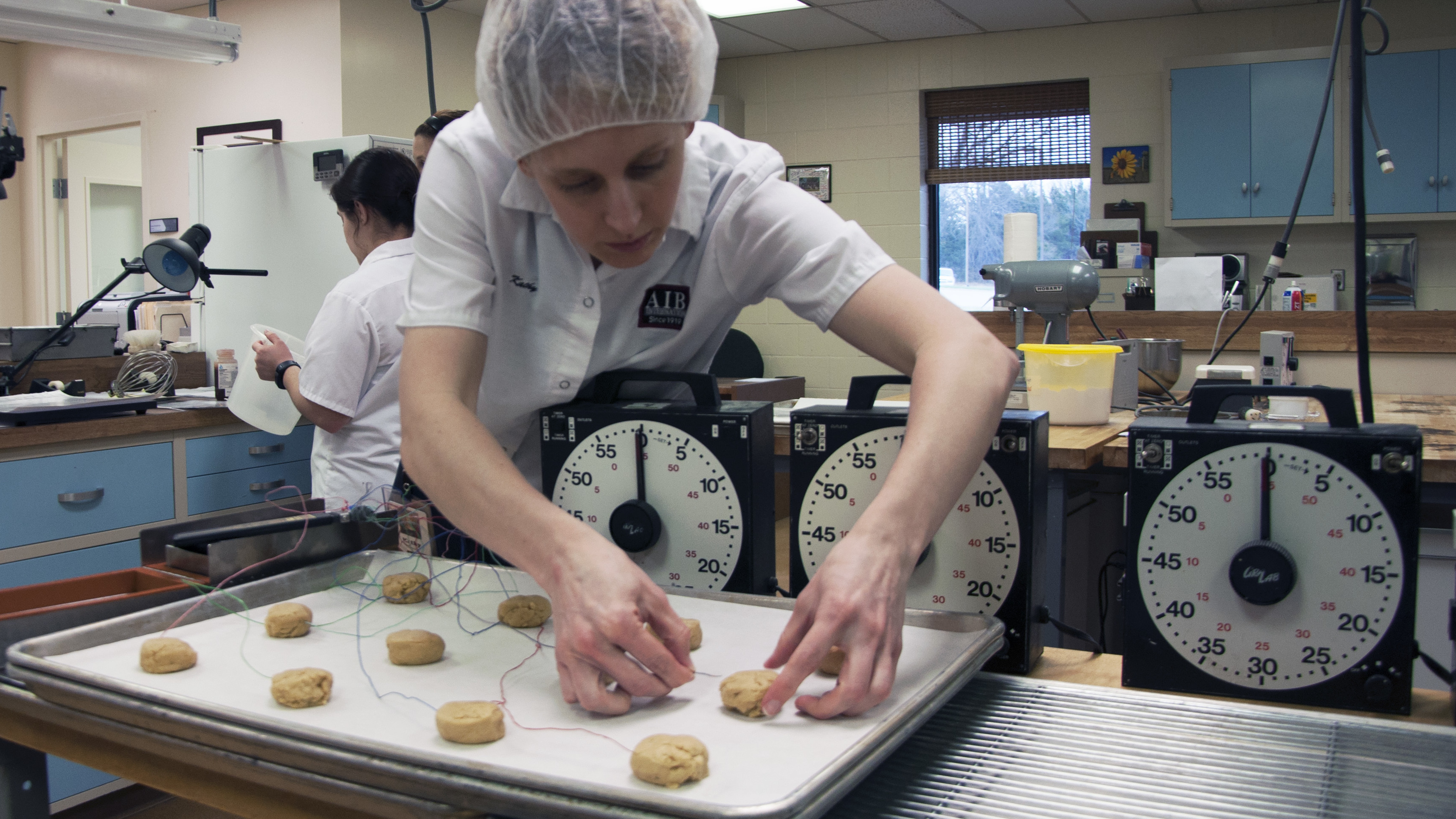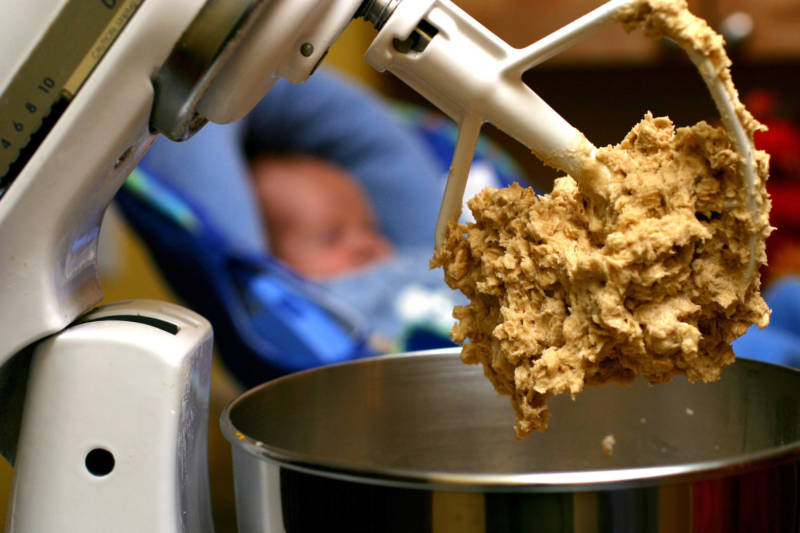Flour seems innocuous. We've long been warned to wash our hands after handling chicken, and to cook our hamburgers well. We wash lettuce that came straight from the field. But really, flour?
This week, the Centers for Disease Control and Prevention reminded everyone that flour is, in fact, a raw, uncooked food, just like those fresh greens. Yes, it can make you sick.
The agency announced that 46 people, so far, have been sickened by E. coli that apparently contaminated flour sold by General Mills. The first case was reported seven months ago, and the outbreak continues. Tests haven't actually detected disease-causing E. coli in the company's products, but General Mills has recalled the batches of flour that included packages sold to people who got sick.
But how does flour become contaminated in the first place?

Charlene Wolf-Hall, a food microbiologist who is currently vice provost at North Dakota State University, says it could happen almost anywhere from wheat field to flour mill. The prime suspects are wild creatures that carry E. coli or salmonella. "It could be bugs, it could be birds, it could be rodents, it could be people with their hands — you just don't really know what the source is," she says.
